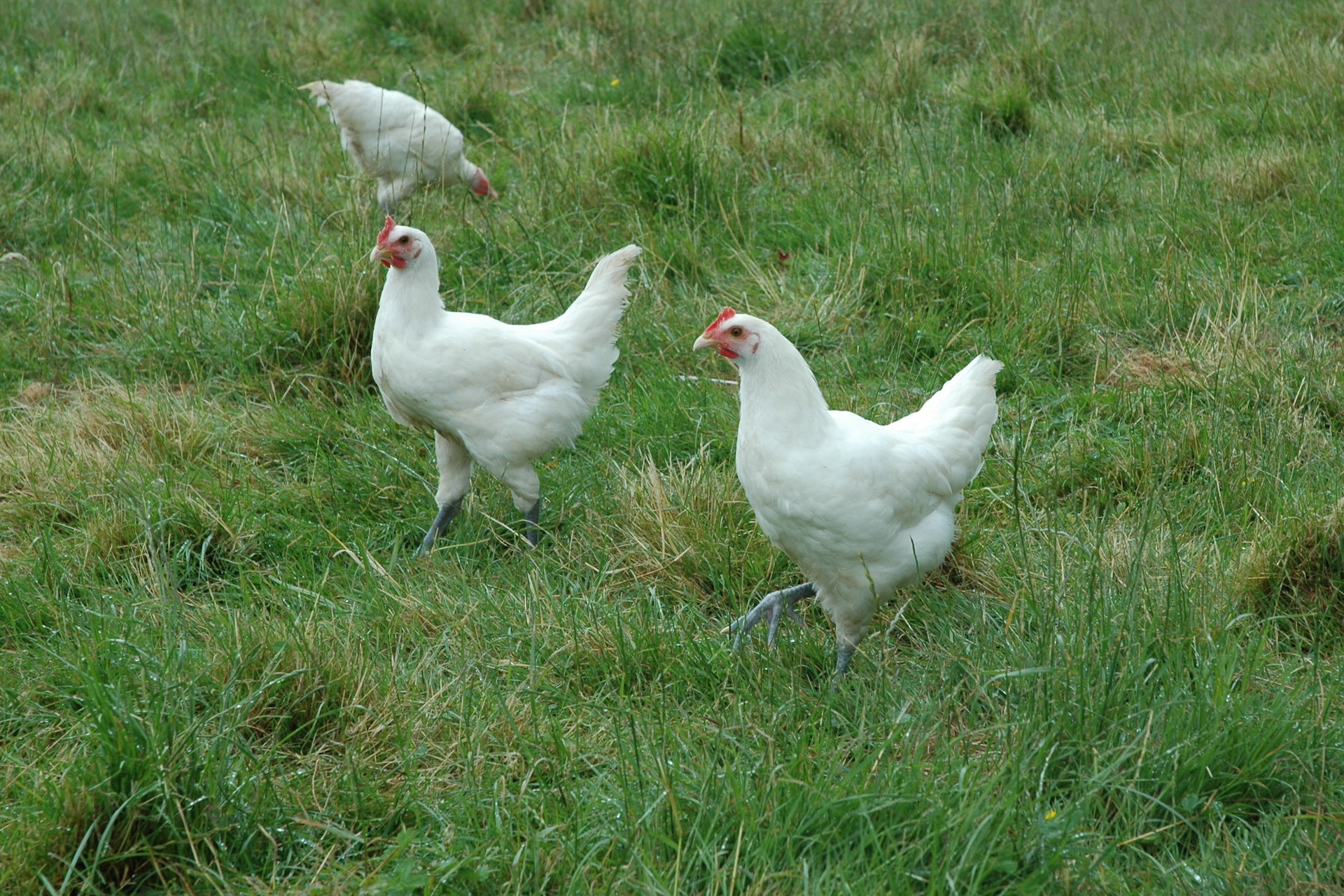Our stage finish today is in Bourg-en-Bresse. If you are a bit of a foodie, you might know that Bresse is synonymous with poultry. The history of the Bresse poultry dates back to Roman times, 400 BCE, when the invaders had the bright idea of taking their livestock with them.
Bresse chicken is a now legally protected name of fowl raised within a defined area of 100 by 40 kilometers around Bourg-en-Bresse. Breeders achieve a label of origin, the Appellation d'Origine Contrôlée, by following defined feeding and management practices.
It is the combination of the breed, feeding method, and free-range foraging on local terrain that gives this bird its famous gourmet status. When raised outside this area, the breed is called La Gauloise or Bresse-Gauloise. You can see the Gauloise trucks in the Tour's publicity caravan, by the way. In some countries, it is also given a national designation, such as the American Bresse chicken.
The first record of the breed is from 1591, when the villagers of Bourg-en-Bresse gifted 24 fat roosters to the Marquis of Treffort. Bresse regions were added to France in 1601 by Henry IV. You might remember him from the baptism by garlic and wine he received as a baby. Henry encouraged his people to cook chicken every Sunday. For hundreds of years, the Bresse chicken was considered the best-tasting chicken breed in France. Famous gastronome Jean Anthelme Brillat-Savarin enthused about the meat of this bird in his book Physiology of Taste in 1825. Famed chef Heston Blumenthal is also a fan.
This highly prized product fetched premium prices. It was called the king of poultry and the poultry of kings. Some dishonest traders back in the days took advantage by selling as Bresse any bird with a red comb, white skin, and blue legs – these were the only traits by which Bresse chickens could be identified at that point. Crossbreeding led the breed to near-extinction around 1900 but dedicated enthusiasts worked hard to ensure its recovery. The Bresse Club was founded in 1904 to define and protect the standard of the three varieties.
There is the grey, or silver pencilled Bresse of Bourg. There is the white-coloured Bresse of Bény, and the lightest of the three, the black Bresse de Louhans. Later a fourth one was created called the Bleu de Bresse.
Bourg-en-Bresse was a Tour de France finish town twice with Thor Hushovd winning in 2002 and Tom Boonen winning in 2007. Bradley Wiggins once won a time trial in the Dauphiné here, but Bourg-en-Bresse is most often used in the Tour de l’Ain, a now-three-day stage race that takes place in August.
It’s a race where young talent often get their first breakthrough ride. Last year Matthias Skjelmose was very close to winning his first pro race here, only missing out by bonus seconds to Guillaume Martin. The year before, in 2021, Michael Storer got his first pro win in the Tour de l’Ain and later continued with two Vuelta stage wins that same year. Romain Bardet got his first pro win in Tour de l’Ain in 2013 as did Andrew Talansky in 2012.
Did we do a good job with this story?






